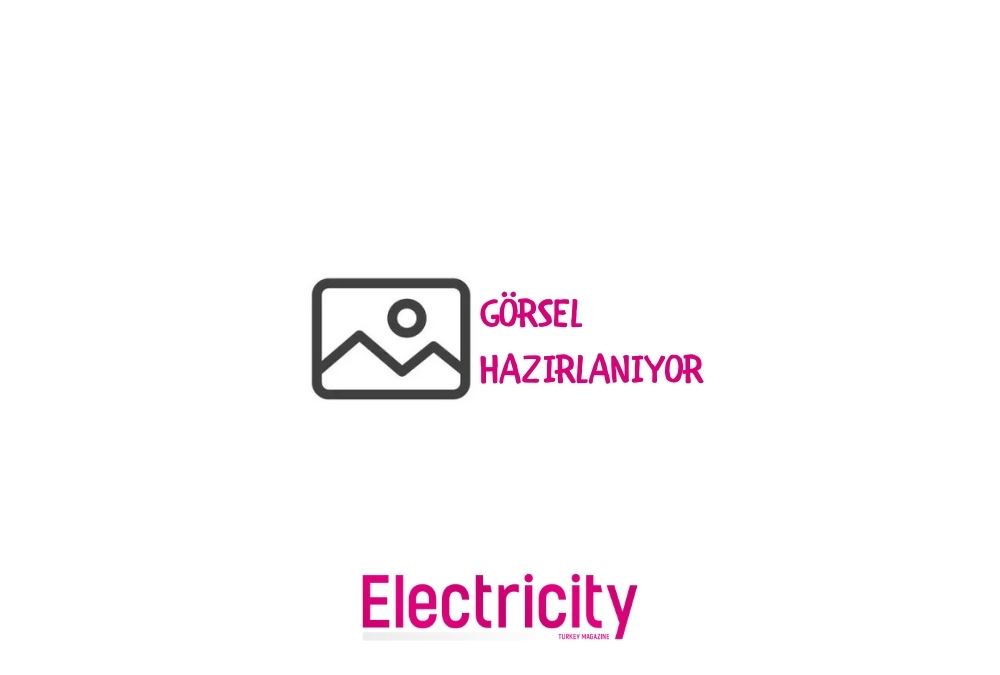
Areport was prepared assessing the value and benefits of rebuilding the escalating and limited high-voltage networks. According to the report; "High Voltage transmission can improve the reliability and flexibility of the transmission system by allowing utilities to share production resources, improve the stability of the existing transmission system, assist with restoration and recovery after an incident, and improve frequency response and ancillary services across the existing system."
In addition, a rebuilt transmission grid that will help federal, state and local governments meet their green energy goals will also provide access to renewable energy sources for those in hard-to-reach places.
New high-voltage transmission lines could increase the availability of carbon-free energy and make it easier to replace energy produced by fossil fuels, thus helping states achieve their goals by reducing [greenhouse gas] emissions.
That is, because high-voltage transmission lines can carry larger amounts of power for longer distances, these lines could potentially bring large amounts of new wind and solar power from rural areas where such generation usually exists to areas with higher power demand.
Overall, the report highlighted four reliability and flexibility benefits of high-voltage transmission: sharing resources across regions by improving inter-zone power transmission capacity, assisting with restoration and recovery after an event, improving frequency response, and improving the capability of the interconnected transmission system.
He also highlighted four opportunities: state policy opportunities, market opportunities for high-voltage transmission, colocation opportunities in transportation corridors, and federal transmission planning policies and studies.
However, it identified four potential barriers to high-voltage transmission: permitting regimes, planning challenges, federal transmission planning rules, and barriers to being in the same place in transport corridors.
 SİZİN DÜŞÜNCELERİNİZ?
SİZİN DÜŞÜNCELERİNİZ?